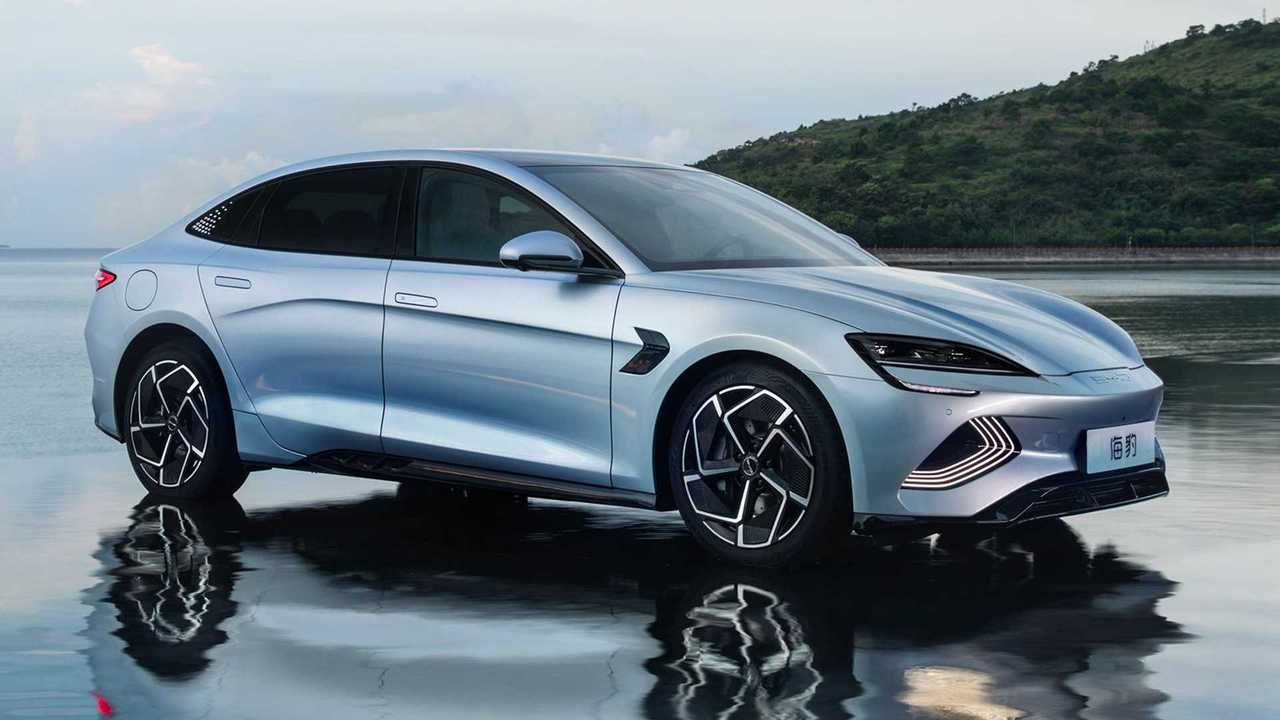In the ever-evolving world of sustainable mobility, one name consistently stands out: BYD. As of 2024, this Chinese electric vehicle (EV) manufacturer has positioned itself as a global leader, spearheading the electric bus revolution. According to Bloomberg Green, BYD’s market share in the electric bus sector has soared, boasting over 60,000 units sold worldwide. This article delves into how BYD is transforming urban transport with its innovative solutions, and what the future holds for electric buses around the globe.
The Rise of BYD: A Game-Changer in Electric Buses
A Leader in Sustainability and Innovation
BYD, short for “Build Your Dreams,” has been a pioneer in the EV sector since its inception. By 2023, it had become the world’s largest electric bus manufacturer, according to Reuters Mobility. But what makes BYD a game-changer in the electric bus market?
- Innovative Battery Technology: BYD’s proprietary Blade Battery technology, as highlighted by Battery University, offers enhanced safety, longevity, and performance. These batteries are known for their impressive thermal stability, ensuring the buses operate efficiently in various climates.
-
Comprehensive Product Range: With a diverse lineup of electric buses ranging from 8-meter city buses to 18-meter articulated models, BYD caters to different urban transport needs. This versatility has allowed cities like London and Los Angeles to integrate BYD buses into their public transport systems seamlessly.
-
Global Reach and Impact: BYD’s expansion is truly global. As of 2024, BYD electric buses operate in over 300 cities across more than 50 countries. This widespread adoption underscores the brand’s international appeal and reliability.
The Numbers Speak: BYD’s Market Dominance
BYD’s dominance in the electric bus sector is reflected in its sales figures and market penetration:
- Sales Milestones: As reported by CleanTechnica, BYD achieved a milestone by delivering its 100,000th electric bus in early 2024. This achievement marks a significant leap from the 60,000 units noted just a few years prior.
-
Market Expansion: In Europe, BYD has captured a 20% market share in the electric bus segment, a feat accomplished through strategic partnerships and local manufacturing initiatives.
Driving the Future of Urban Transport
Why Cities Choose BYD
Cities worldwide are increasingly turning to BYD for their public transport electrification needs. Here’s why:
- Cost Efficiency: BYD buses offer lower total cost of ownership compared to traditional diesel buses. Reduced maintenance costs and government incentives for electric vehicles make them an attractive option for city planners.
-
Environmental Impact: Transitioning to electric buses significantly reduces urban air pollution. According to the International Energy Agency (IEA), cities replacing diesel buses with electric alternatives can cut CO2 emissions by up to 50%.
-
Advanced Features: BYD buses are equipped with state-of-the-art technology, including regenerative braking, real-time fleet management systems, and passenger-friendly amenities like Wi-Fi and USB charging ports.
Overcoming Challenges with Strategic Solutions
While BYD has made impressive strides, challenges remain in the path of electrifying urban transport:
- Infrastructure Development: Building a robust charging infrastructure is crucial. BYD addresses this by offering comprehensive charging solutions, including fast-charging stations and battery swapping technologies.
-
Policy Support and Collaboration: Governments play a vital role in the electric bus revolution. BYD collaborates with policymakers to develop favorable regulations and incentives, as seen in China’s aggressive push towards EV adoption.
Practical Guide: How to Integrate BYD Buses into Urban Systems
Steps for Successful Integration
For cities looking to transition to electric buses, here are some actionable steps:
- Conduct Feasibility Studies: Assess current bus routes and identify areas where electric buses can deliver maximum impact.
-
Develop a Charging Strategy: Collaborate with BYD and local energy providers to establish a reliable charging network.
-
Engage Stakeholders: Involve local communities, policymakers, and transport authorities in the planning process to ensure smooth implementation.
Where to Buy and Compare
Cities interested in purchasing BYD buses can explore various options:
- Direct Purchase: Contact BYD directly through their website or local representatives for tailored solutions.
- Government Programs: Investigate local government grants and subsidies available for electric bus procurement.
Conclusion: BYD’s Role in a Sustainable Future
BYD’s leadership in the electric bus market is not just a testament to its innovative technology and strategic foresight, but also its commitment to a greener planet. As urban areas continue to grapple with pollution and congestion, BYD offers a sustainable solution that could redefine public transport globally.
Are you ready to embrace the electric revolution in urban transport? Join the conversation by sharing your thoughts on how electric buses can transform your city. With BYD at the helm, the future of urban mobility looks not only promising but achievable.
By focusing on sustainable mobility, BYD’s electric buses are set to drive a cleaner, more efficient future for cities worldwide. As more regions adopt these eco-friendly solutions, we can anticipate a significant reduction in urban pollution and an improvement in the quality of life for city dwellers everywhere.

